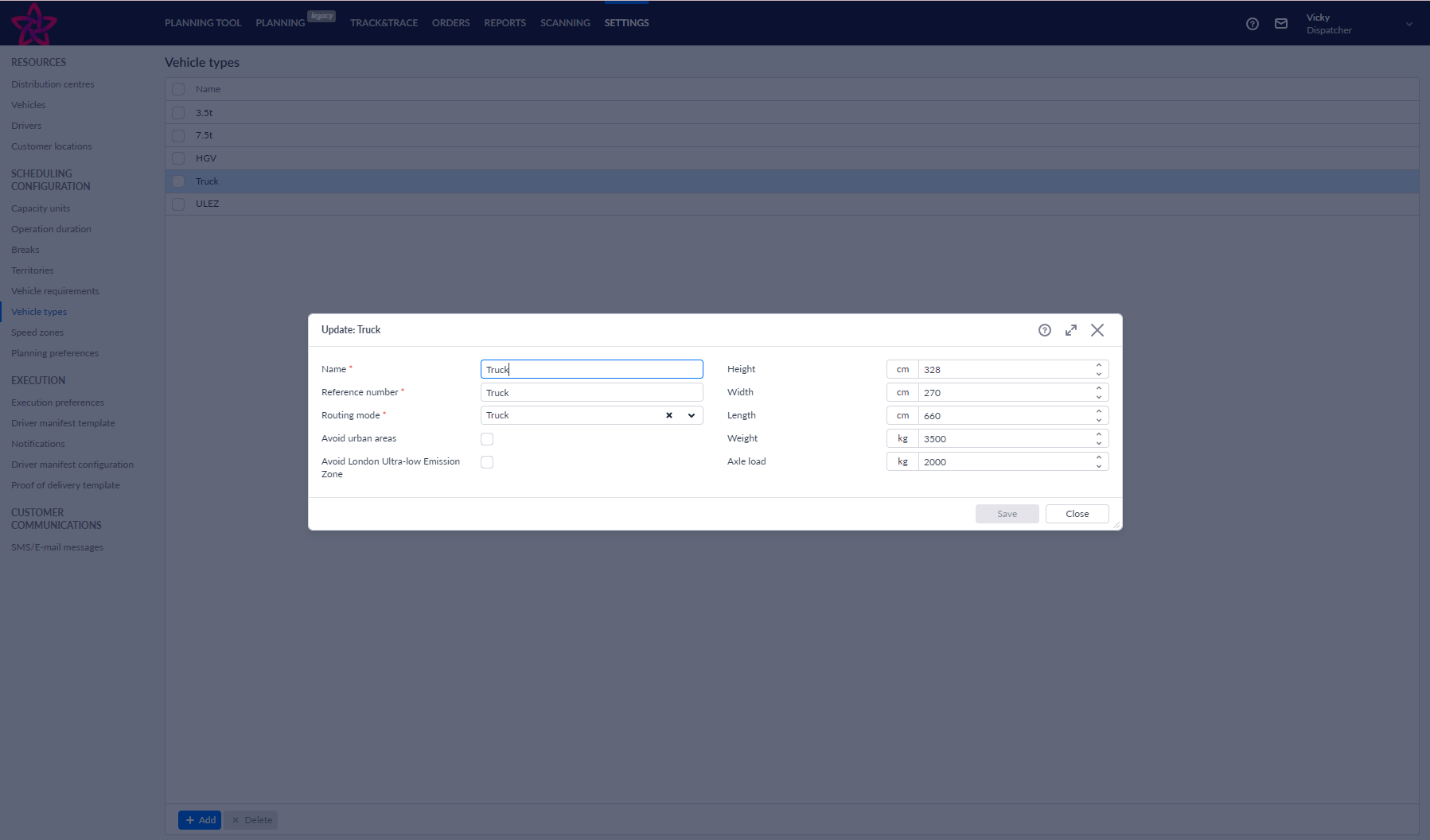What do the changes in Direct Vision Standard (DVS) mean for UK Drivers?

The Direct Vision Standard (DVS) was introduced in London to boost road safety, especially for cyclists and pedestrians. Now, with recent updates, these standards are expanding their impact on drivers in the UK. Here’s a straightforward look at what these changes mean, especially for those operating heavy goods vehicles (HGVs) over 12 tonnes in busy urban areas.
A brief overview of the Direct Vision Standard
The DVS measures how much a driver can see directly from the cab of an HGV, aiming to reduce blind spots that pose risks to vulnerable road users. Vehicles are assigned “star ratings” based on how much a driver can see without relying on cameras or mirrors. Since 2021, only HGVs with at least a one-star rating or equivalent safety systems have been allowed to operate in Greater London.
Key updates in the DVS
Here’s a brief rundown of what the key updates in Direct Vision Standard are:
Stricter safety requirements
Beginning on October 28, 2024, HGVs in London will need a minimum three-star rating or an approved Progressive Safe System. This means some trucks that were previously compliant may now need extra safety features – such as cameras, sensors, or alarms – to meet the new standards.
Possible expansion to more cities
Although the DVS started in London, other cities in the UK are considering adopting similar measures. So, drivers working in urban areas should stay informed about potential new safety requirements.
Improved safe systems
The updated standards include a “Progressive Safe System” (PSS), which requires more advanced safety technology. Even HGVs with older Safe Systems may need upgrades to comply with the new standards.
What do businesses need to do?
Drivers and fleet operators should check their vehicle ratings and plan for any necessary updates before the new enforcement kicks in. Staying compliant isn’t just about following regulations; it’s also a step toward making roads safer for everyone.
How MaxOptra can support Direct Vision Standard changes
At MaxOptra we can help businesses manage their route optimisation with DVS changes in mind:
ULEZ exclusion zones functionality
Due to the DVS standards being within ULEZ zones, MaxOptra ULEZ exclusion zone functionality is perfect for setting the necessary parameters.
Our solution provides a specific setting in the Vehicle Type form, called Avoid London Ultra-low Emission Zone. This feature allows businesses to restrict vehicles of certain types from entering these zones, as well as allowing planners to apply ULEZ/DVS Standards accepted vehicle types to their vehicles.
By doing so, orders located within ULEZ/DVS Standards zones will be allocated to vehicles free from restrictions, or remain unplanned if no appropriate vehicles are available.
Planning with Territories
Another option is for businesses to use our Territories settings, allowing them to divide certain territories into smaller sub-territories to optimise their delivery process. Specific drivers or vehicles can be allocated deliveries within specific territories, such as inside or outside the DVS standard zone.
Dedicated support team
Of course, if you’re unsure about the new DVS Standards changes or how to navigate them in your route optimisation solution, our team of industry experts are always on hand to help. All leaders within the field, our team are up to date on the latest news and restrictions, and will be happy to support your business.
Get in touch
If you’re a business looking to streamline your route optimisation with DVS Standards in mind, then get in touch with our team of experts to find out more.
Maxoptra System
© MaxOptra, 2023. Privacy Policy and Cookies

